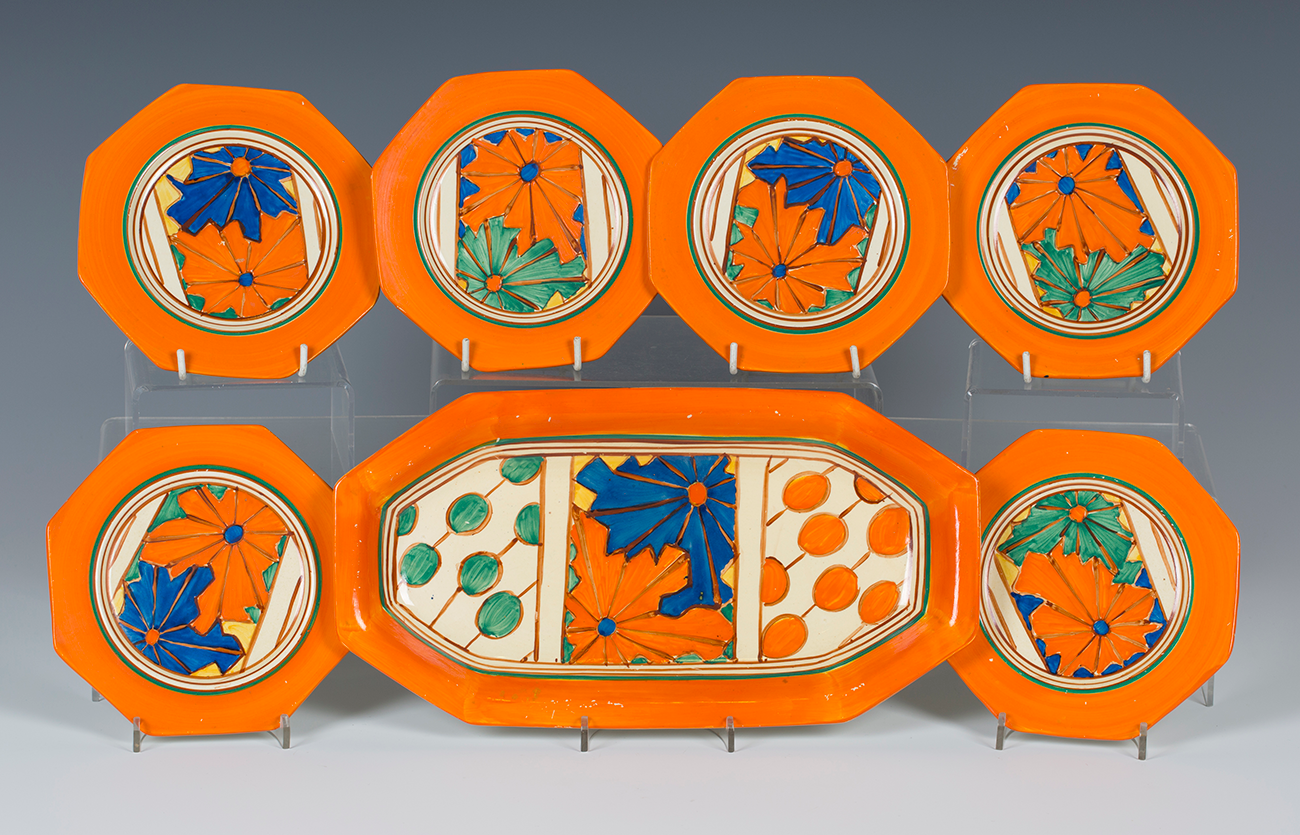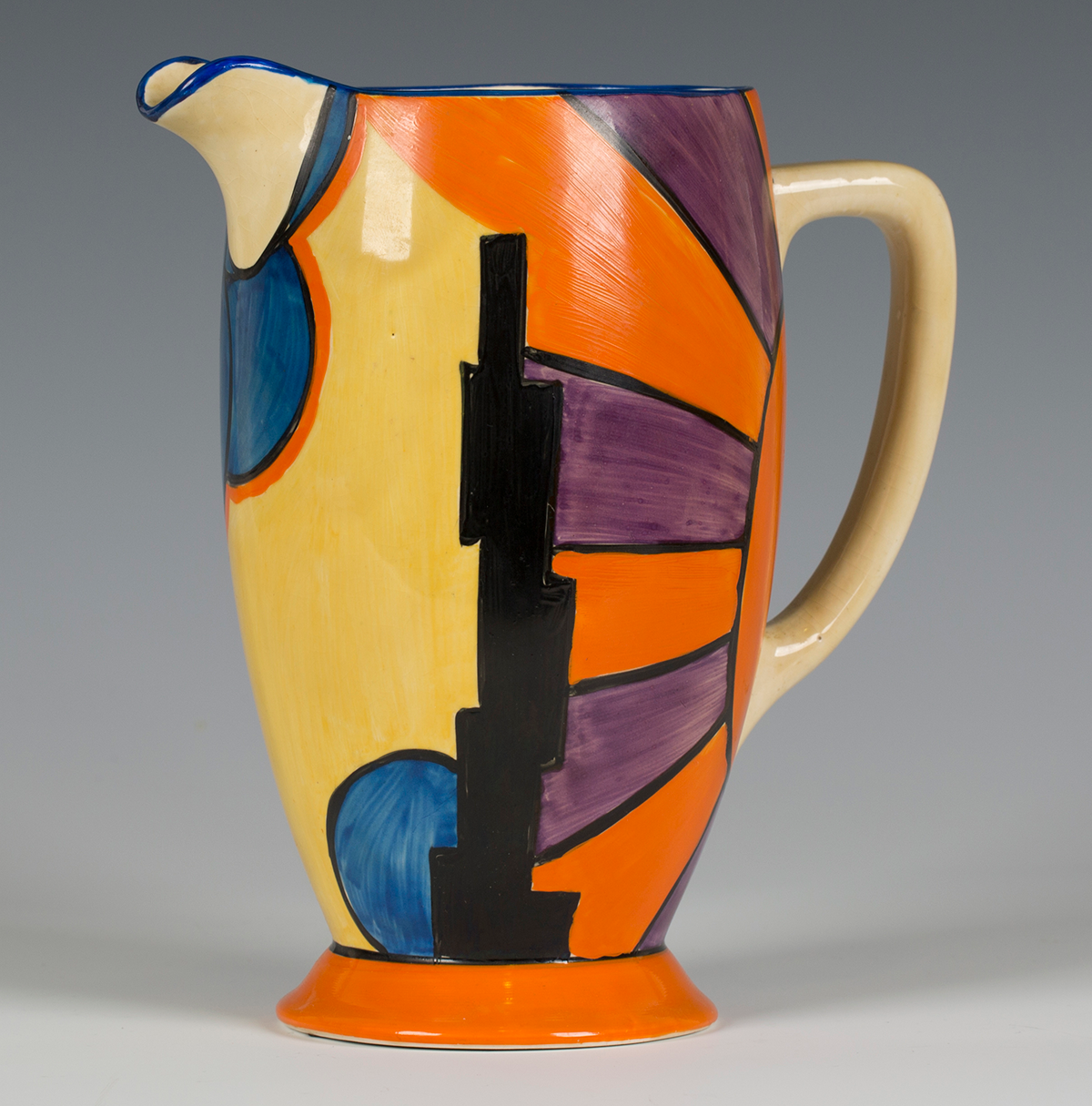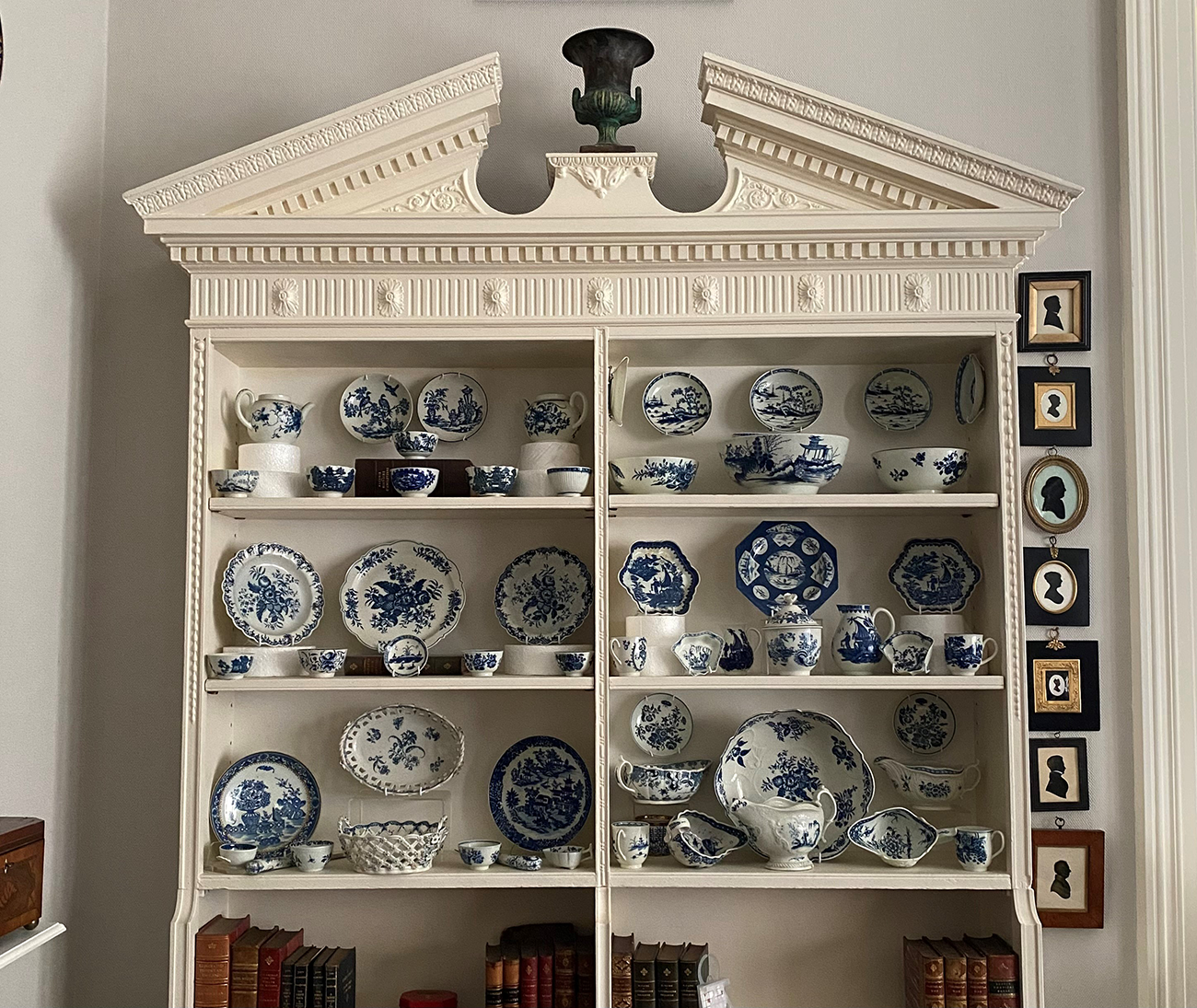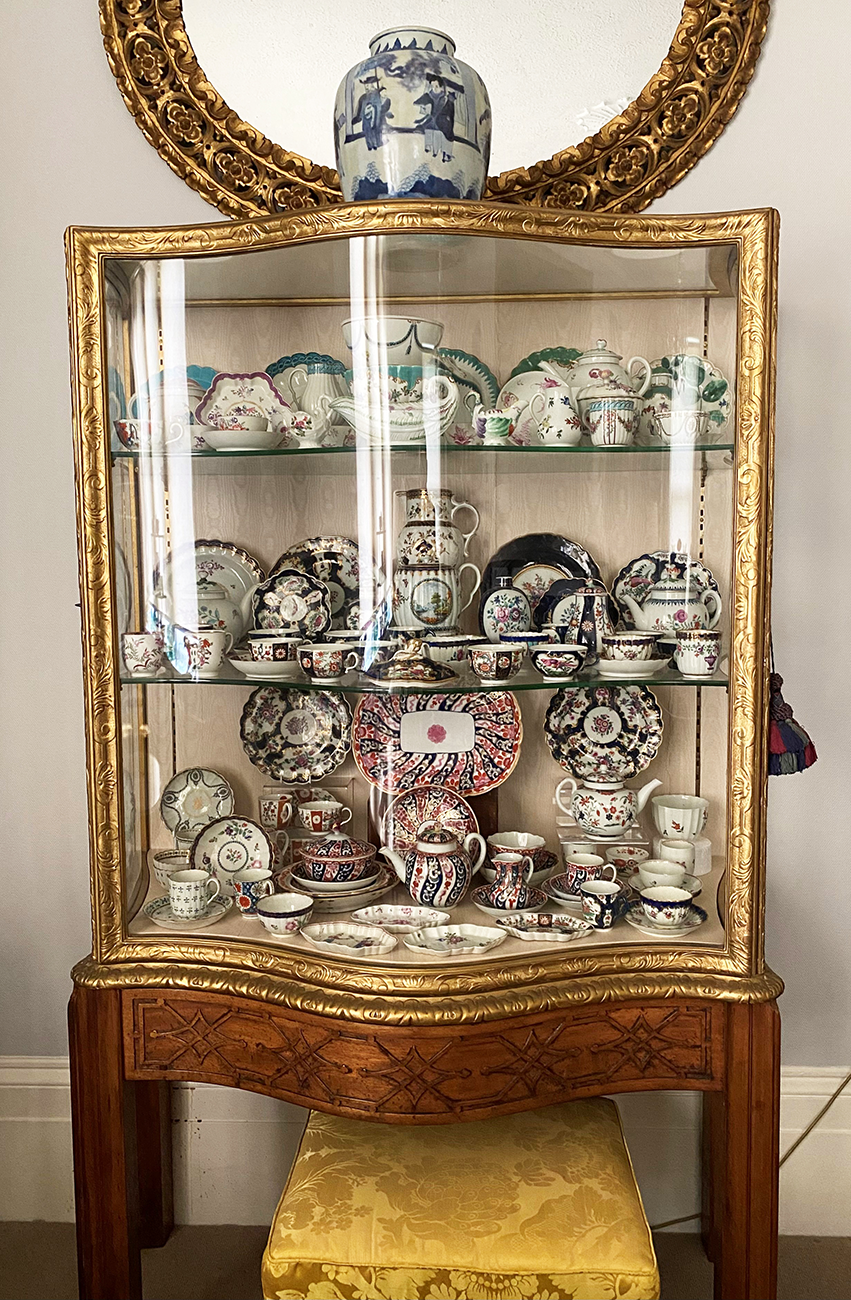
This June the Stephenson Clarke’s celebrate their 130th anniversary at Borde Hill as the fifth generation of their family step forward to steward this beautiful corner of England. Set in its historic parkland Borde Hill Garden is an Area of Outstanding Natural Beauty in West Sussex.
Colonel Stephenson Robert Clarke (known fondly as Stephie) purchased the Elizabethan mansion in 1893 and set about creating the woodland and gardens. He employed many of the great planter hunters of the early 20th century, men like Ernest Henry Wilson and George Forrest, to bring back rare and exotic plants from across the world.
Correspondence between Stephie his nursery and plantsmen, as well as family photographs in the Borde Hill archive provide a unique insight into the horticultural world of the inter-war years.
Stephie died in 1946 and his son Ralph inherited the house, garden and estate. The garden and woodland had been neglected during the Second World War and Ralph set about restoring them.
During the tenure of Stephie’s grandson, Robert, the profile of Borde Hill and its plant collection was raised. Robert won many awards at RHS shows.

Andrewjohn Stephenson Clarke and his wife, Eleni took over Borde Hill’s house, park and garden in 1988 shortly after the Great Storm of 1987. The eminent dendrologist, Alan Mitchell, described Borde Hill at that time as ‘one of the most comprehensive collections of trees and shrubs in the world…[with a] huge wealth of rare eastern Asiatics, within the framework of the original scheme.’ Andrewjohn and Eleni have not only preserved these qualities in the garden but have employed innovative designers, evolving the garden and its planting.
As the 130th anniversary is celebrated at Borde Hill Andrewjohn and Eleni’s children, Jay Robin and Harry, are stepping forward to take on the custodianship of the house, garden and estate. Their priorities match our times as they seek to address climate change and biodiversity, mental well-being and sustainability.
From the 12-18th June, the Grade II listed Mansion House at the heart of the Garden will exclusively open for a week of tours to celebrate 130 years since visionary plantsman and owner Colonel Stephenson Robert Clarke first created the magnificent collection of rare trees and flowering shrubs across the Estate.
Visitors can pre-book access to the beautiful garden, Elizabethan Mansion House and view the significant horticultural archive which unlocks the history of the notable rare and unusual plants at Borde Hill. To book your tickets and find out more visit www.bordehill.co.uk/events/130-years-of-planting-excellence.







